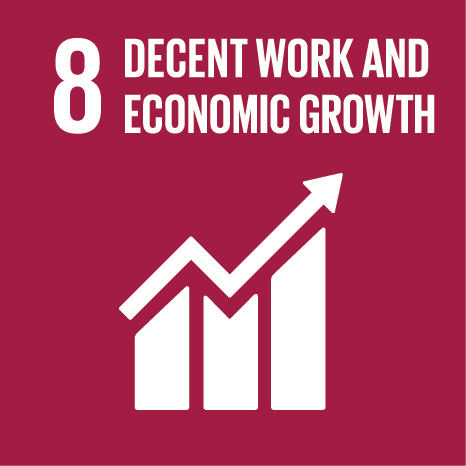Ciência_Iscte
Publications
Publication Detailed Description
Financialisation and structural change in Portugal: A Euro-resource-curse?
Book Title
Financialisation in the European Periphery
Year (definitive publication)
2020
Language
English
Country
United Kingdom
More Information
Web of Science®
This publication is not indexed in Web of Science®
Scopus
This publication is not indexed in Scopus
Google Scholar
This publication is not indexed in Google Scholar
This publication is not indexed in Overton
Abstract
This chapter discusses the relation between structural change and financialisation in the Portuguese economy since the mid-1990s. In particular, it looks at the effects of the non-financial private sector’s indebtedness on the country’s productive structure, and how this relates to the economic crisis that hit Portugal after 2010. The chapter discusses the literature on Dutch disease and the way it can contribute to the understanding of the links between financialisation and structural change in the Portuguese economy. The increase in the value-added share of the non-tradable sector was a pervasive feature across the European Union (with the notable exception of Germany). The chapter also discusses the dynamics of international trade and the patterns of credit allocation. In sum, in order to understand the patterns of structural change in Portugal after 1995 one needs to consider the combined effects of high capital inflows, financial deregulation and external competitive shocks in the context of Portugal’s participation in the euro area.
Acknowledgements
--
Keywords
Contributions to the Sustainable Development Goals of the United Nations
With the objective to increase the research activity directed towards the achievement of the United Nations 2030 Sustainable Development Goals, the possibility of associating scientific publications with the Sustainable Development Goals is now available in Ciência_Iscte. These are the Sustainable Development Goals identified by the author(s) for this publication. For more detailed information on the Sustainable Development Goals, click here.

 Português
Português


